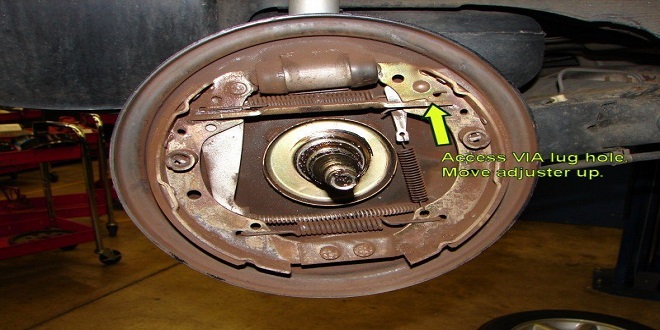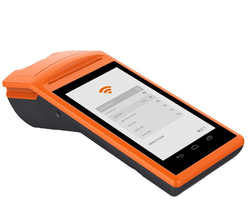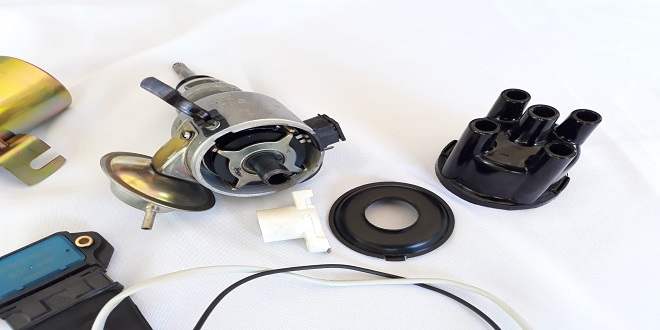Adjusting Your Parking Brake

If you have a manual transmission, you may have a transmission-type parking brake, which should be adjusted professionally, and parking brakes on rear-wheel disc brakes should be left to professionals, too.
Your service manual may tell you which kind you have, or you can crawl under the vehicle and see for yourself. describes both integral and transmission -type parking brakes and shows you what they look like.) Because most people have integral parking brakes, that’s the type I deal with in this section.
shows you several types of integral parking brakes. They may look different, but you adjust them all the same way. Integral parking brakes. You shouldn’t have to pull or push the parking brake handle to the most extreme level to make the brake work. (As the cables loosen up, you have to pull the handle up higher to engage the brake
see which type you have. If you can’t find the system on your vehicle in that illustration, you probably need professional help. Turn the screw (or whatever else you have) until the cables tighten up, and then tighten the screw nuts to hold the screw in place. You may have to hold the cable to keep it taut (the illustration at bottom left of shows you how).
Get out from under the vehicle and test-drive it to see whether the parking brake is working. 5. Pay attention to whether the parking brake warning light on your dashboard comes on when the parking brake is engaged. If it doesn’t, check or replace the bulb or fuse. You can find instructions for checking fuses in. If changing the bulb or fuse doesn’t work, get someone to check the connection between the warning light and the brake; there may be a short in it.
Checking Anti-Lock Brakes
Anti-lock braking systems (ABS) vary from one vehicle to another, and most require no special maintenance. (tells you how ABS brake systems work and how to operate them properly.) Manufacturers install a warning light — usually yellow or amber in color — in the instrument panel that, under normal circumstances, goes on briefly during engine startup and turns off in a short amount of time.
If it goes on while you’re on the road, the ABS system isn’t working properly and your vehicle is using only the normal brake system. In this case, get the ABS repaired as soon as you can. If you want to test the operation of your anti-lock brakes, find an empty parking lot on a rainy day. While traveling on a slippery surface at about 30 mph, with no obstacles in front of you, firmly press the brake pedal.
Last word
You should hear some clicking and feel some pulsing of the brake pedal while the vehicle comes to a stop without sliding. If the warning lamp stays on, or if you suspect that the ABS isn’t working properly, take your vehicle to a professional who specializes in brake systems.




